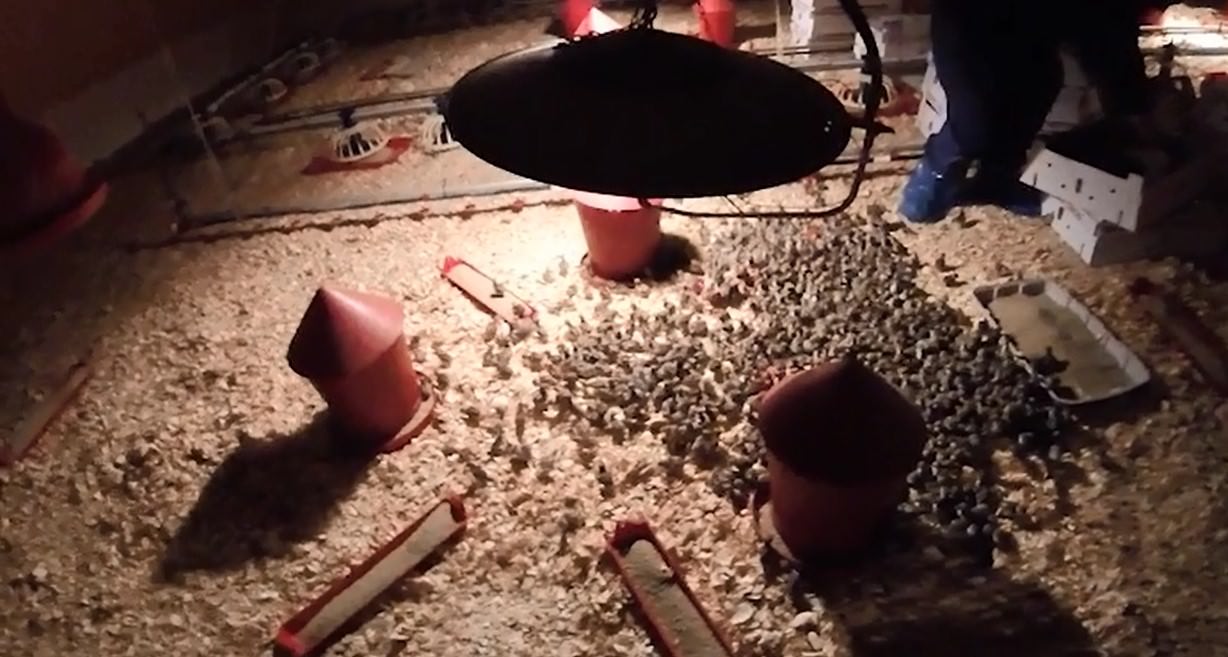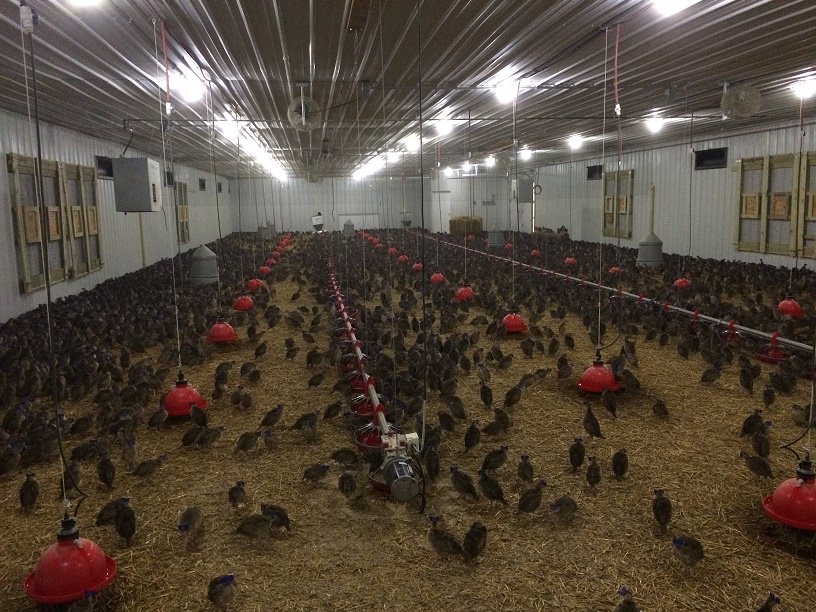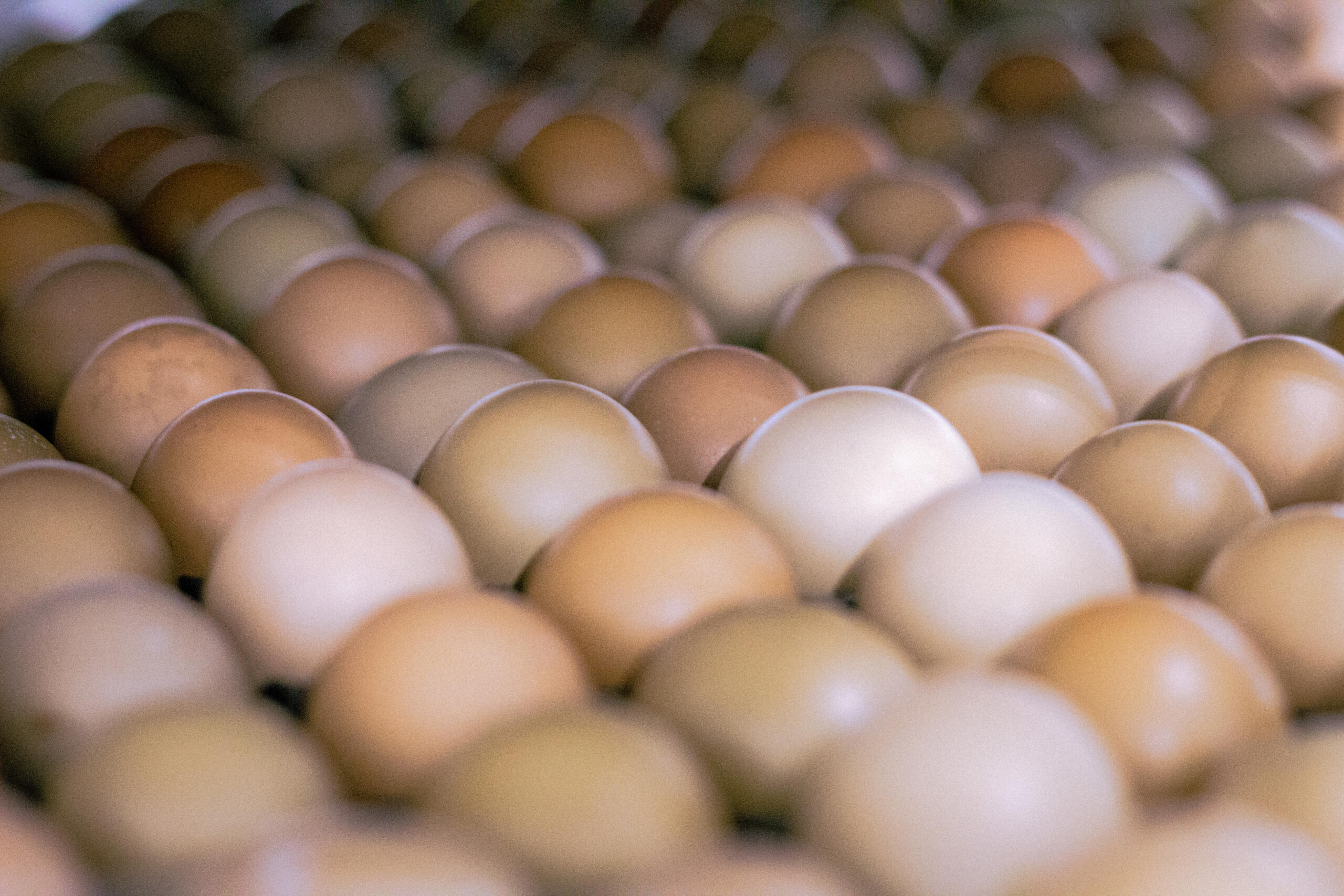Disinfecting Barns
We are constantly rotating birds out of barns, and chicks into those barns to then be transitioned to the outdoors. Everything has to be cleaned, washed, dried, disinfected and then sprayed down to prevent bacteria problems. Food pans, as well as food and water delivery systems, are cleaned; heating systems [...]
Read Post
Cleaning Out Barns After Pheasants
After the last bird is out of the barns, we have to clean. It’s important because it makes sure bacteria doesn’t spring up. Here’s how we do it. Once the barn is empty of birds, we take down the jet tube, which connects to the air circulation system. It can [...]
Read Post
Our Visit to a Chinese Pheasant Farm
Our March seminar was attended by two representatives from the Shanghai Hongyan Pheasant Farm. One of the two attendees, Miss Yuan then invited us to visit their farm in China. This past week my wife Dori and I flew to Shanghai and spent several days visiting Miss Yuan’s farm. Dori [...]
Read Post
Interpreting Water Results
By Dr. Susan Watkins Interpreting Your Microbial Analysis This information sheet is to help you to interpret the results of your recent microbial analysis of poultry drinking water and/or well water. It consists of excerpts from the paper “Water Quality and Sanitation” by Dr. Susan Watkins from the University of [...]
Read Post
MacFarlane Pheasants Funds MC Research
Three species of Mycoplasma can cause diseases in birds: M. gallisepticum (MG), M. melleagridis (MM), and M. synoviae (MS). A fourth species, M. iowae, often considered an avian pathogen, is associated with embryonic mortality and lowered hatchability but not with clinical diseases. Mycoplasmae are respiratory agents and can be isolated [...]
Read Post
Preventing Aspergillosis in Pheasant Barns
Aspergillosis can be a very devastating disease to a young flock. Aspergillosis is caused by the mold Aspergillosis fumigates that can be found in both bedding and feed. If there is mold present in the brooder house the birds will breath in the spores and become infected. Once the chicks [...]
Read Post
Avian Influenza and the Game Bird Industry
Whether you are a veterinarian, doctor, poultry man, game bird producer or just a person who heard the news that came out of Asia during 2003 and 2004, Avian Influenza (AI) otherwise known as bird flu conjures up many thoughts and fears. For poultry and game bird people, the thought [...]
Read Post
Coccidia Management
Coccidia is almost universally present in poultry raising operations. A decreased growth rate, high percentage of visibly sick birds, severe diarrhea, high mortality, and finally depressed feed and water consumption all describe coccidiosis. So what exactly is coccidiosis? Coccidiosis is a single celled intracellular parasite that has one purpose, to [...]
Read Post
Incubation of Pheasant Eggs
Presented by: Vern L. Christensen Department of Poultry Science North Carolina State University See full PowerPoint presentation here The final destination of the properly managed fertilized pheasant egg is the incubator within the hatchery. Modern-day hatcheries generally have egg-setting capacities of thousands of eggs. Fertilized pheasant eggs have a 24-day developmental period [...]
Read Post










